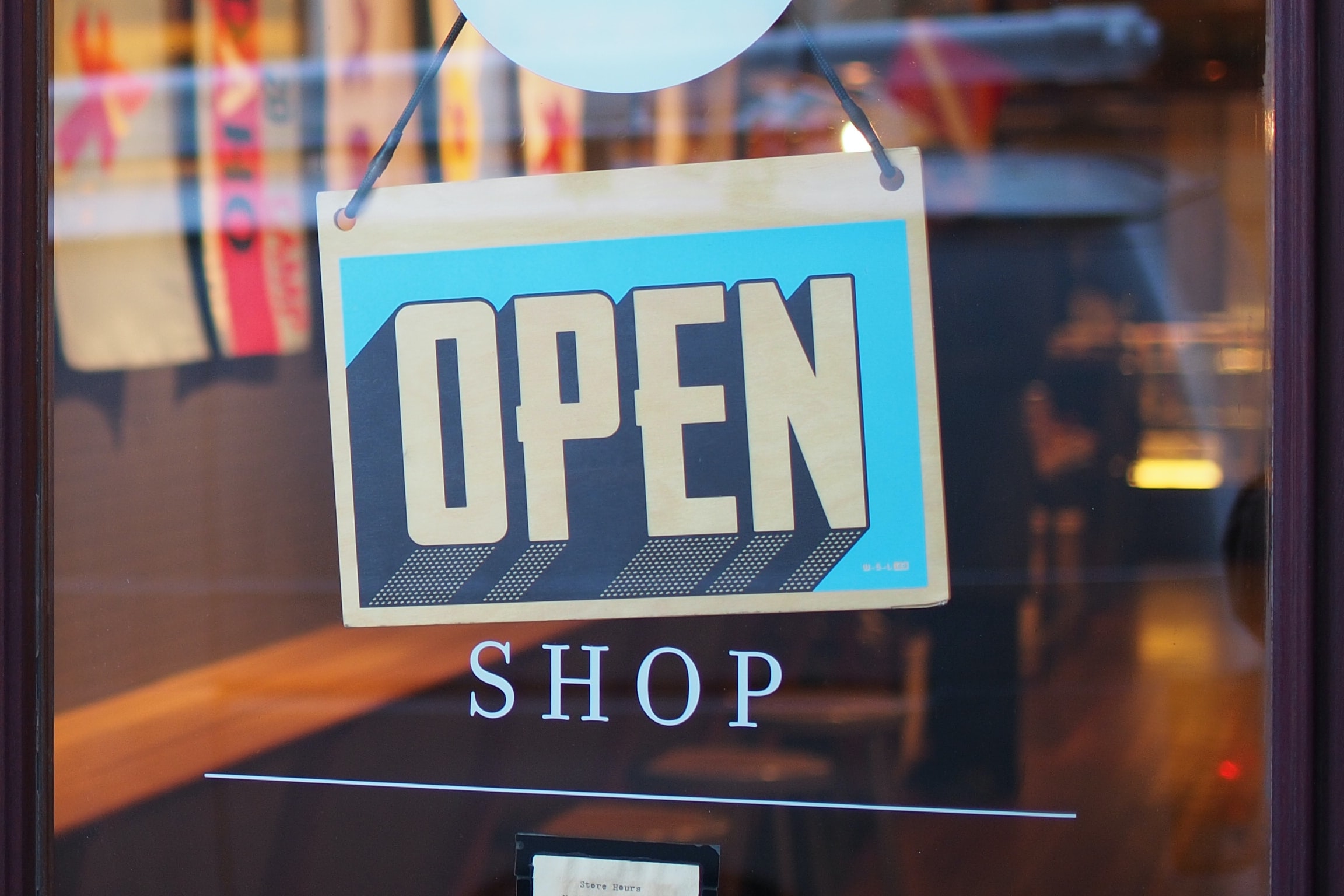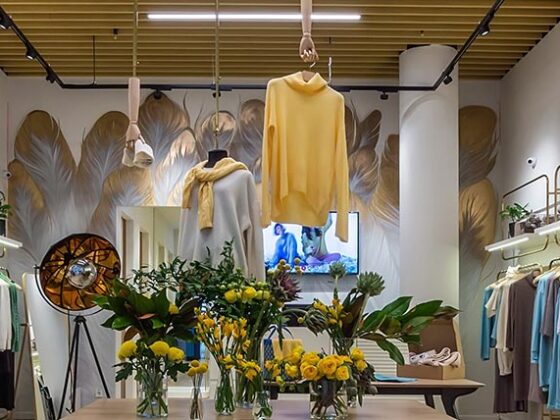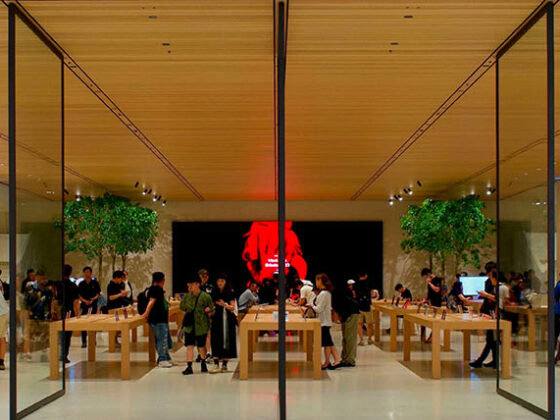Customer experience is the new currency, and retailers are pressured to capture the interests of consumers. Brick-and-mortar merchants are finding new ways to promote their brands through omnichannel strategies, proving that physical locations are far from obsolete. Of course, knowing whether to open a new location can be daunting in the face of so many store closures. Yet, there are several businesses growing digitally and physically, with booming sales from physical and online stores.
It can be tempting to launch an initiative that involves new retail real estate, but your confidence in a long-term retail space may be lacking if you aren’t sure how the market will respond. As a means of testing retail marketing strategies, many businesses are turning to pop-up stores to introduce innovative products, new designs, and fresh branding.

What is a pop-up store?
A pop-up store is a temporary space fashioned for the purpose of generating awareness and excitement about a retailer’s latest enterprise. Costs are usually settled up-front, and retailers typically seek busy areas that are prone to heavy foot traffic. It is significantly less expensive than launching a full store, and if implemented correctly, can result in higher sales and customer loyalty even after the pop-up has closed. However, there are some key details to which retailers must pay attention, to help ensure success when establishing a pop-up.
The Checklist
□ Have a clear purpose – If there is nothing new or exciting about your brand, reconsider your choice to launch a pop-up. Consumers won’t be drawn to a store that lacks novelty. Know your exact purpose for launching a pop-up and keep it simple. Don’t try to launch too many creative ideas at once.
□ Don’t play it safe – The entire premise of a pop-up is the ability to take a risk without the potential for too much loss. This is the moment for retailers to be enterprising as they assess their target audiences. Data analysis should drive your reasoning, but to revolutionize your business, you must step outside your comfort zone.
□ Aim for high foot traffic – A pop-up store should always be placed in a high-traffic area. The time you have to gain attention is limited, so visualization is key. Your pop-up should be designed to draw in people, but you must go where consumers are.
□ Invest in the right marketing techniques – A pop-up is not a permanent location, but marketing techniques should be driving consumer interest before, during, and after the pop-up premiere. Create excitement through local marketing strategies and use other channels to build interest.
□ Emphasize the experience – The consumer is less concerned with what you’re selling and more curious about the inventive experience that your pop-up can provide. Engagement should be your top priority, whether your tools are interactive kiosks or charming professionals. Go above and beyond that which a traditional brick-and-mortar location is capable and use the small space and limited time to your advantage.
□ Capitalize on social media – Retailers should be focused on engaging with people and generating a buzz. Create Twitter hashtags and Snapchat geofilters. Launch a discussion on Facebook or give followers the opportunity to pose for Instagram. Encourage those who are drawn to your pop-up to share their experiences on social media and spread the word of your amazing brand.
Any retailer can take advantage of a pop-up store. Regardless of business size, there are incredible benefits to this short-term physical location. There is no right or wrong way to implement this strategy, if your message to the consumer is clear. Creativity is what you’re aiming for, and it is one of the most cost-effective and lucrative ways to promote your brand. The future of retail still exists within physical locations, as long as every enterprise is driven by all channels available to you.




